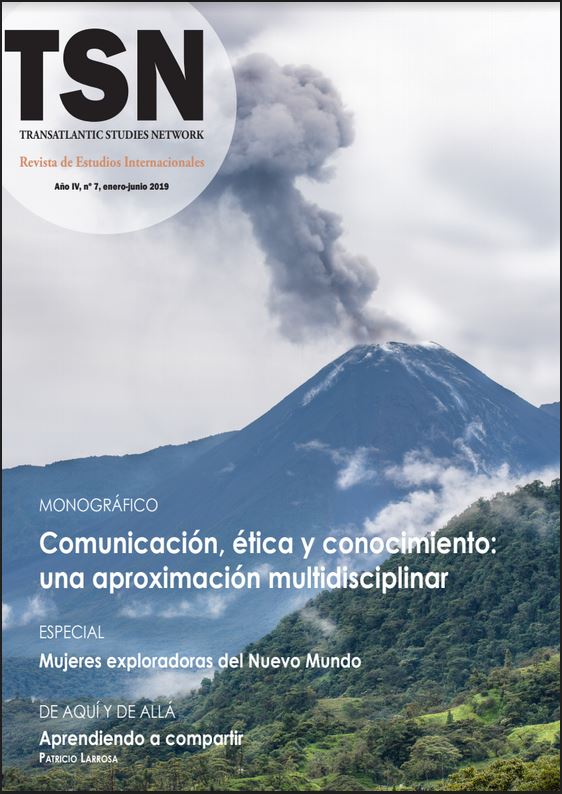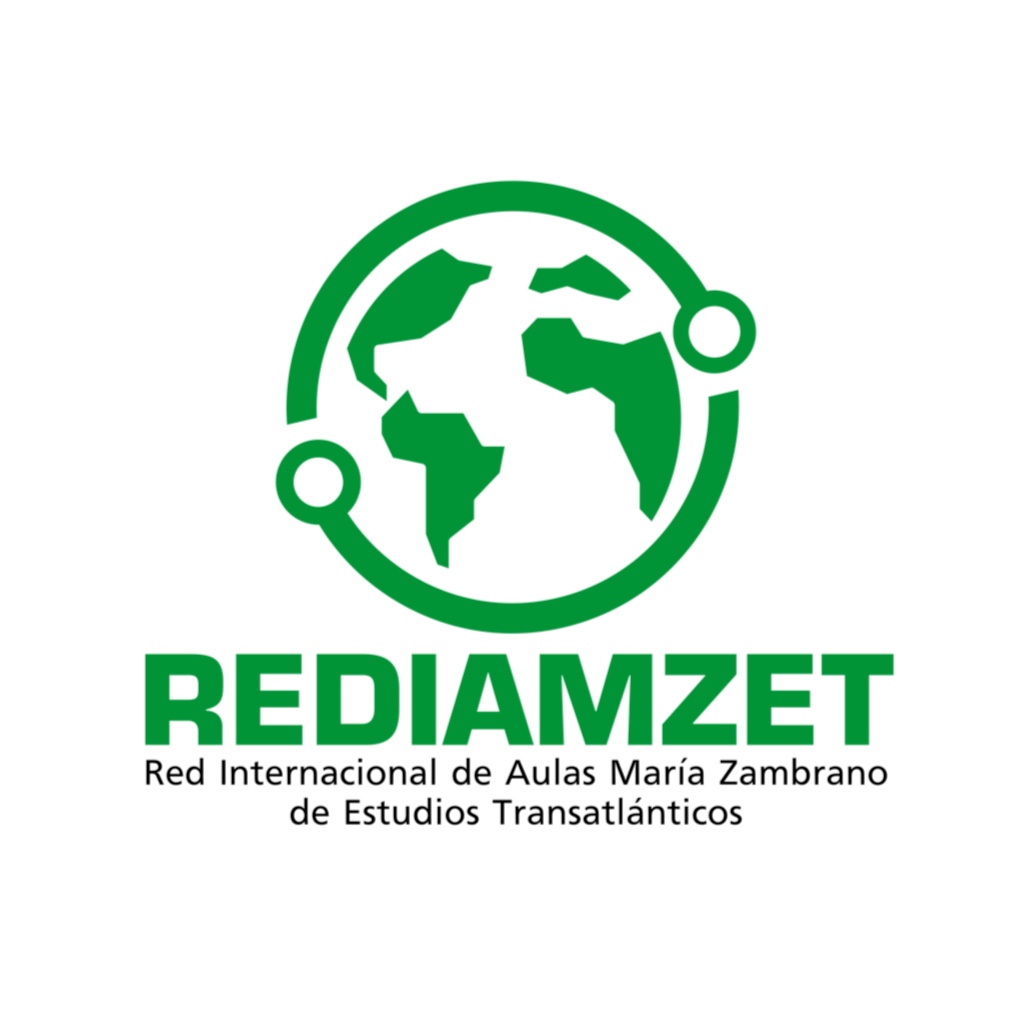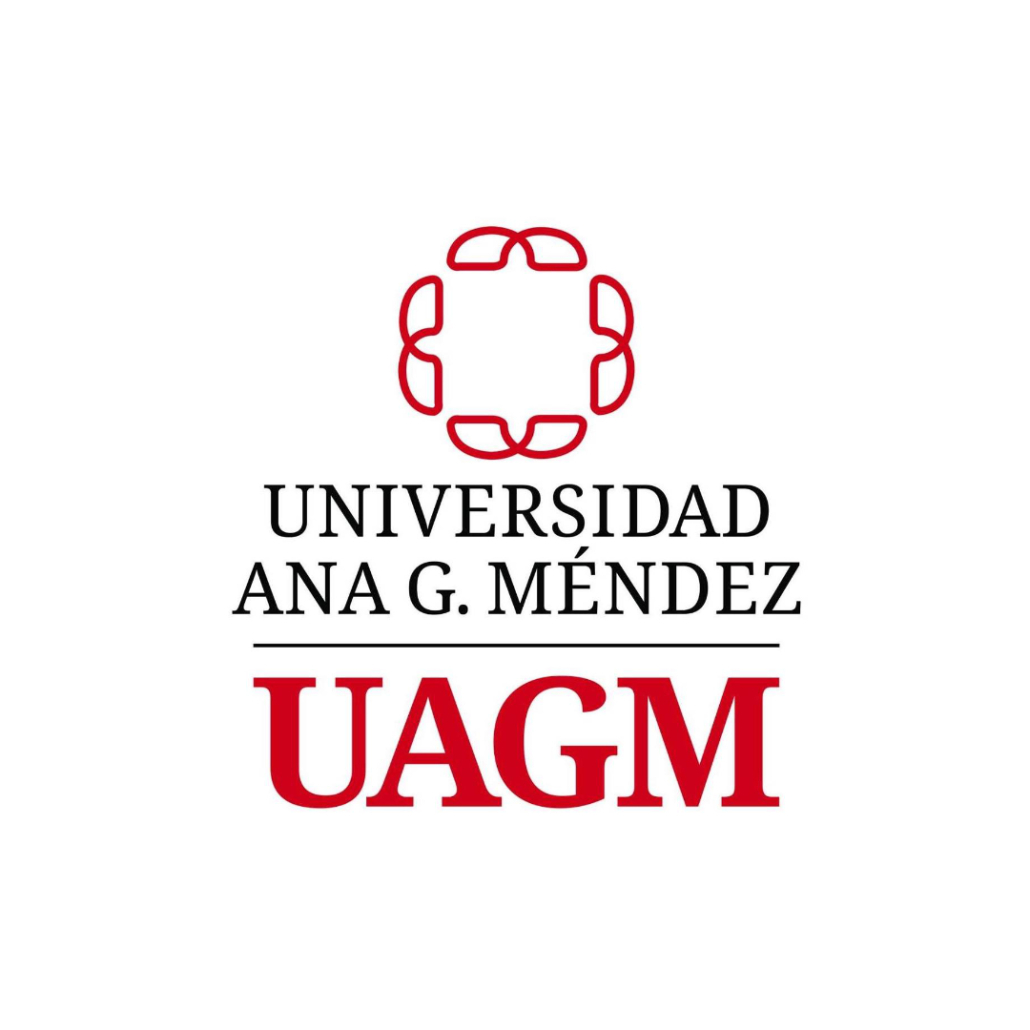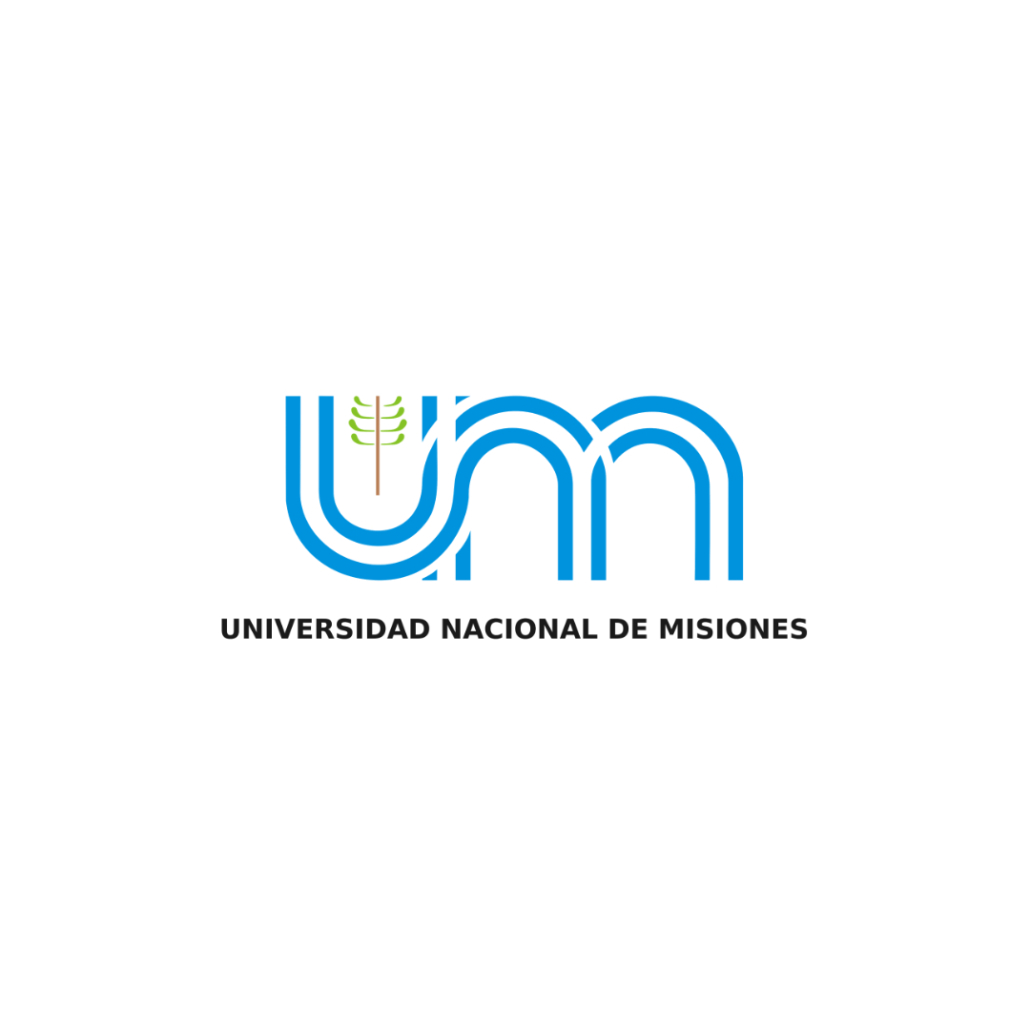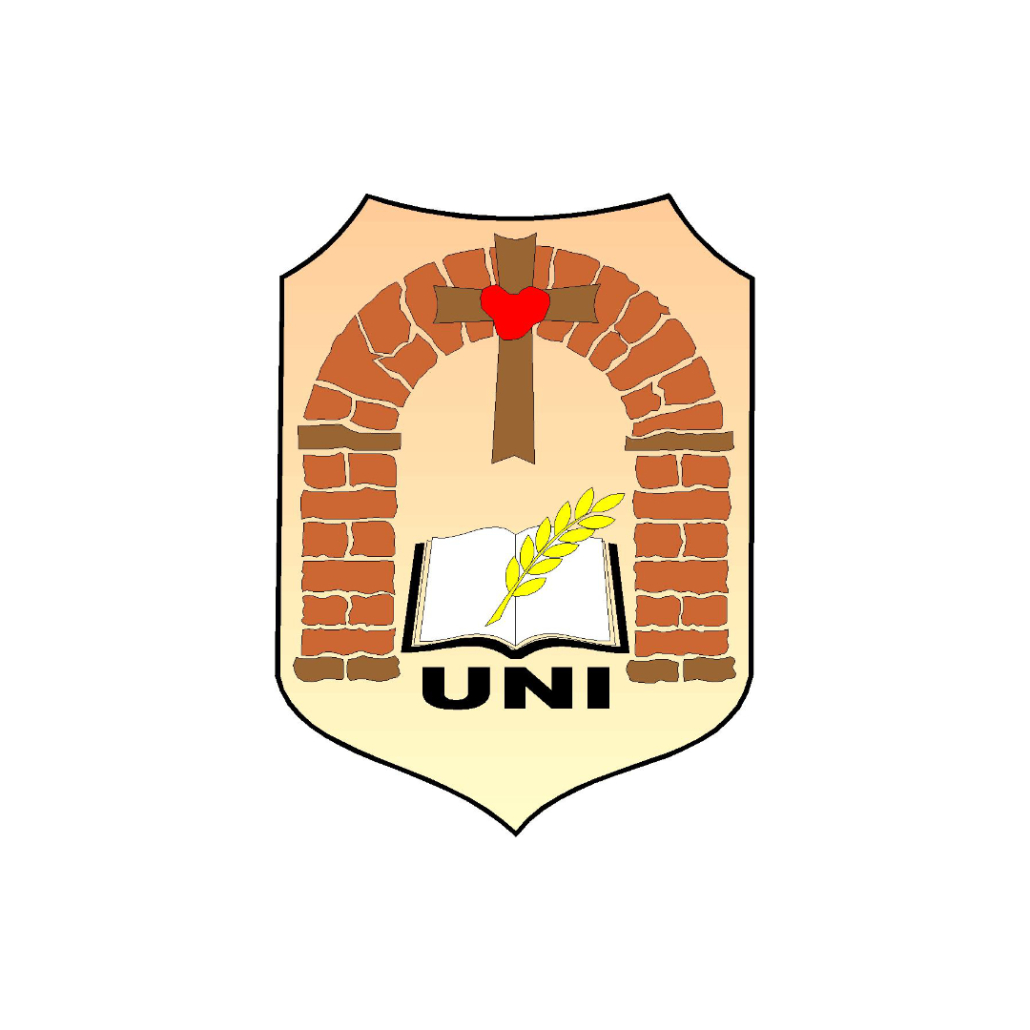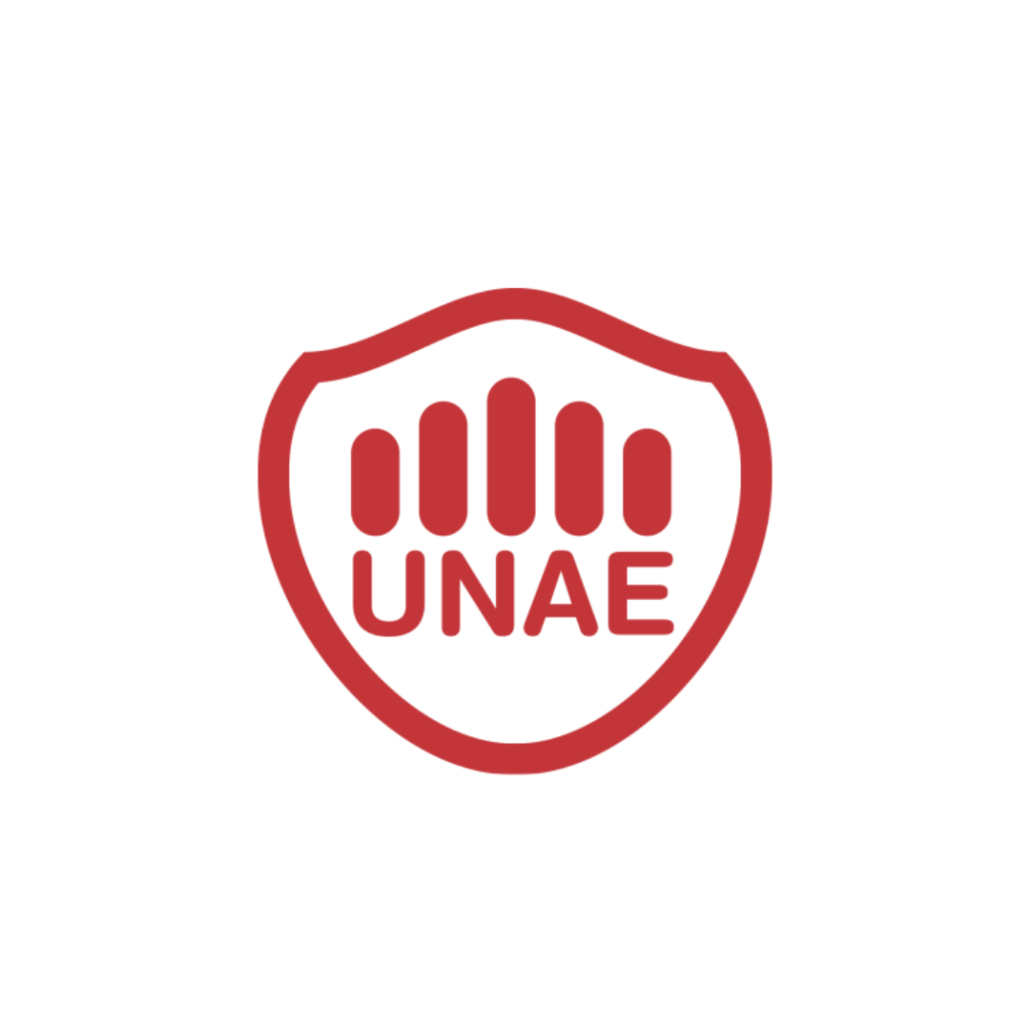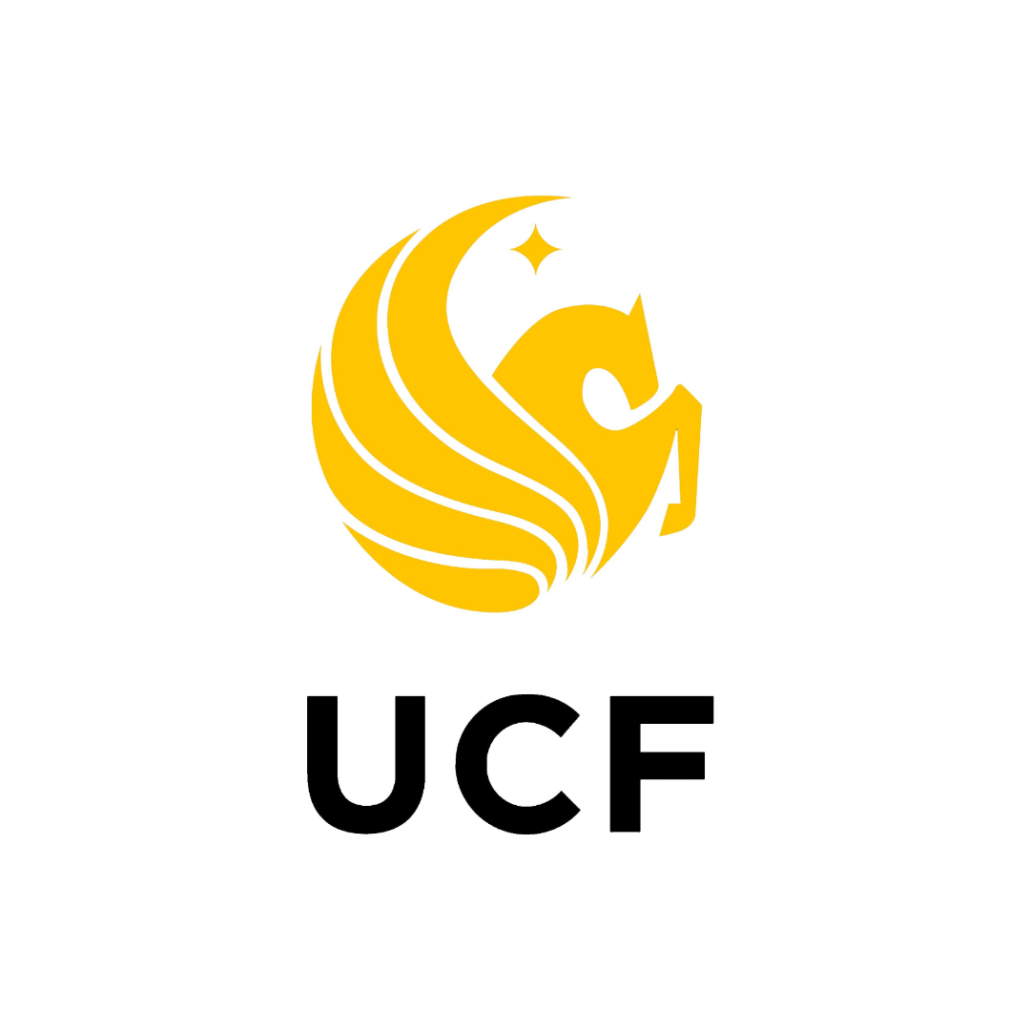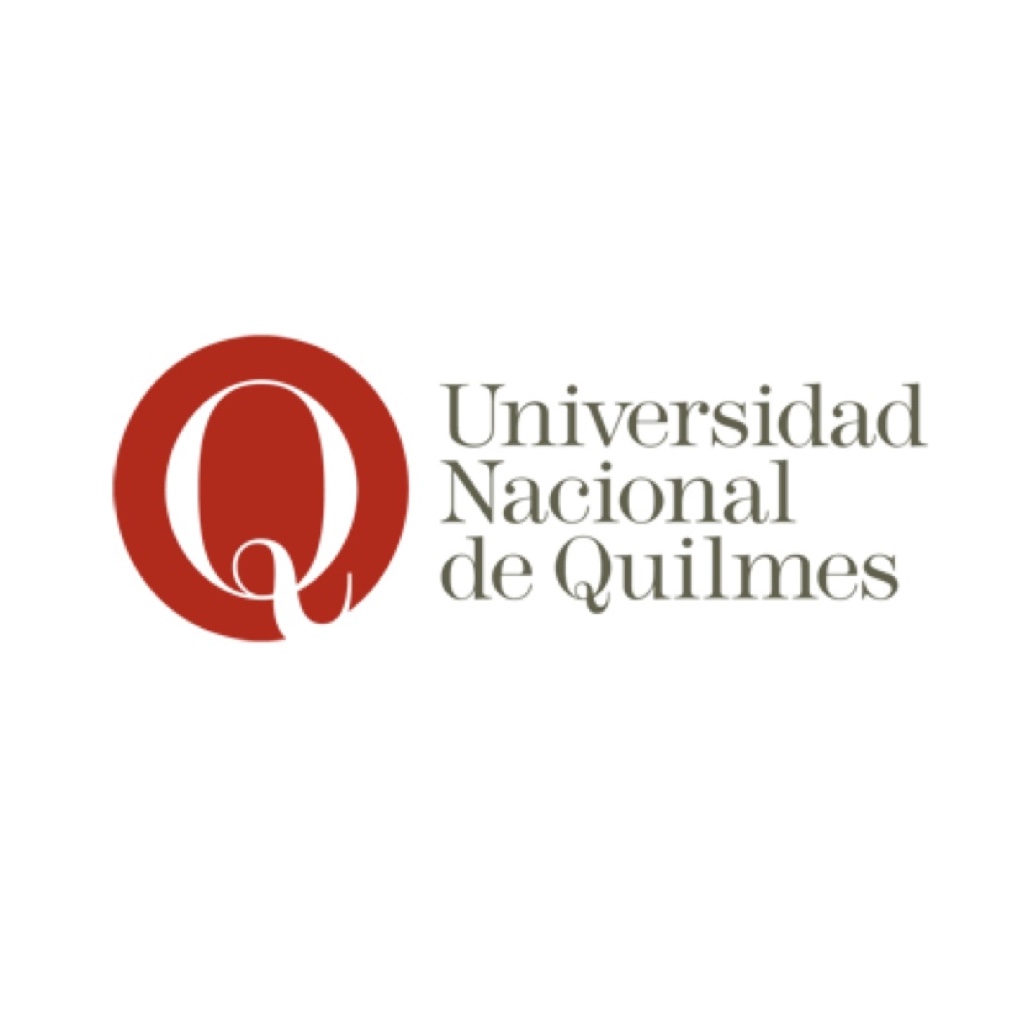Political cartoons in social networks: a tool of communication in order to join the society
Keywords:
Mass media, Arabs, cartoons, social media, cultural revolution, cultural identityAbstract
Political cartoons in the Arab world are an importan tool in order to make laugh, but they provide ideas and comments that are held by the community and become them in an alternative media. Additionally, they are considered a form of unity for Arab society as they can develop an important sense of identity. Consequently, the aim of this research is to study the development of Arab political cartoons, analyze their symbols and themes and study the relation between social networks and social identity in the Arab world. As a result, a qualitative methodology and a theoretical approach have been used to establish a process of analysis and synthesis. Furthermore, a visual ethnographic method has been developed to describe
and contextualize these political cartoons. In a sense, the results and discussion are to reflect that Arab political cartoons have evolved as they have become extremely powerful tools thanks to the development of internet and cyberspace. Finally, Arab political cartoons are a non-verbal language since they are an alternative media that has been crystallized thanks to social networks. Therefore, the internet and social network contribute to improve a fast transmission of these political cartoons.
Downloads
Metrics
References
Abou Hassan-FadiToOn, F. (2015): «Bashar Al Assad by: My bro Syrian Cartoonist Akram Raslan», en Cartoon Movement. Recuperado el 29 de octubre de 2018 de https://www.cartoonmovement.com/cartoon/23420
Ahmad, Y. (2016a): International community. RFS. Recuperado el 28 de octubre de 2018 de https://rfsmediaoffice.com/en/2016/12/21/international-community-yaser-ahmad/
— (2016b): «Yaser Ahmad», en Facebook. Recuperado de https://www.facebook.com/ photo.php?fbid=1508323395850433&set =pb.100000183621845.-2207520000.1540750472. &type=3&theater
— (2017): «Al-Jaw», en Facebook. Recuperado el 29 de octubre de 2018 de https://www.facebook. com/photo.php?fbid=2016853881664046&se- t=pb.100000183621845.-2207520000.1540750412. &type=3&theater
— (2018): «Tajnil al-Atfal», en Facebook. Recuperado el 29 de octubre de 2018 de https://www.facebook. com/photo.php?fbid=2475349932481103&se- t=pb.100000183621845.-2207520000.1540748312. &type=3&theater
Amin, H. Y. (2002): «Freedom as a Value in Arab Media: Perceptions and Attitudes among Journalists», en Political Communication, 19, pp. 125-135. Taylor & Francis.
Anónimo (2011): La Primavera Árabe gana el Premio Sájarov 2011, 27 de octubre. Parlamento Europeo. Recuperado el 20 de mayo de 2015 de https://bit.ly/2sxCn6h
Azīz Alī (2010): Al-Karikātīr. Al-Mooftah. Recuperado el 15 de junio de 2012 de http://www.almooftah.com/vb/ showthread.php?t=40
Buḥā, Ŷ. (2013): «Al-Kārīkātīr yuṭārid Bašār al-Asad bi-akṯar min 3000 lawḥa sājira», en Al-Arabiya. Recuperado el 11 de julio de 2014 de http://www.alarabiya.net/articles/2013/01/16/260835.html
Cartoon Movement (2015): «Akram Raslan». Recuperado el 20 de enero de 2018 de https://bit.ly/2spJFtu
Cavna, M. (2013): «Akram Raslan: Rights group clarifies report that Syrian political cartoonist was executed», en The Washington Post. Recuperado el 29 de octubre de 2013 de https://www.washingtonpost.com/ blogs/comic-riffs/post/akram-raslan-rights-group-clarifies-report-that-syrian-political-cartoonist-was-executed/2013/10/13/7f0ed88a-3478-11e3-80c6-7e6dd- 8d22d8f_blog.html
Eko, L. S. (2012): New Media, Old Regimes. Case Studies in Comparative Communication Law and Policy. Lanham (Maryland): Lexington Books.
El-Jisr, B. (1988): «Caricatures arabes», en M. Krifa, O. Oussedik y J. P. Hondet: L’Institut du Monde Arabe presente: caricatures arabes. París: Institut du Monde Arabe.
Farzat, A. (s. d.): Ali Ferzat. Recuperado el 25 de enero de 2018 de https://bit.ly/2srv7tf
— (2012): Syrian cartoonist Ali Farzat: They broke my hands to stop me drawing Assad (vídeo). Drawing the Revolution, The Guardian. Recuperado el 30 de octubre de 2019 de https://www.theguardian.com/ commentisfree/video/2012/jun/21/drawing-syria-revolution-ali-farzat-video
Ferzat, A. (2014): Coalición contra el Daesh. Syria Untold. Recuperado el 28 de octubre de 2018 de http:// syriauntold.com/2014/11/coalition-against-daesh-caricature-by-ali-ferzat/
Flores, S. (2017a): «La caricatura en el mundo árabe: el triunfo del panarabismo», en Pocklington, R. (2017): Actas de los simposios de la Sociedad Española de Estudios Árabes, pp. 243-268.
— (2017b): «La caricatura en la Primavera Árabe. De la libertad de expresión al arte de resistencia a través de las redes sociales», en Ortega, A. y García, V. (eds.): Voces alternativas. Investigación multidisciplinar en comunicación y cultura, pp. 119-141.
— (2018a): «Political cartoons in the Middle East: a new form of communication and resistance», en US-China Foreign Language, vol. 16, n.o 6, 4 de junio. DOI: 10.17265/1539-8080/2018.06.004.
— (2018b): La Siria de Ali Ferzat. La caricatura en el mundo árabe (tesis doctoral). Sevilla: Universidad de Sevilla.
Krifa, M. (1988): «Naissance de la caricature en Egypte», en M. Krifa, O. Oussedik y J. P. Hondet: L’Institut du Monde Arabe presente: caricatures arabes. París: Institut du Monde Arabe.
Kushkush, I. (2013): «Cartoonist’s Pen leaves Mark across Arab World», en New York Times. Recuperado el 16 de octubre de 2019 de https://www.nytimes. com/2013/06/08/world/africa/cartoonists-pen-leaves- a-mark-across-the-arab-world.html
Liu, S. (2013): «The Cyberpolitics of the governed», en Inter Asia Cultural Studies, 14, p. 2.
Luna, O. (2005): La caricatura política en el Perú: Julio Málaga Grenet, Francisco González Gamarra y Jorge Veinatea Reinoso. Recuperado el 28 de mayo de 2014 de http://cybertesis.unmsm.edu.pe/handle/cybertesis/ 2360
Müge Göçek, F. (1998): Political Cartoons in the Middle East. Princeton: Princeton University.
Qassim, A. (s. d.): Arab Political Cartoons. Recuperado el 2 de octubre de 2013 de http://www.andreasqassim. com/download/MA_thesis.pdf
Reslan, A. (2016): «Africa and the arms dealers», en Cartoon Movement. Recuperado el 28 de octubre de 2018 de https://www.cartoonmovement.com/cartoon/ 31146
Sangani, K. (2011): What Role did social media and capable devices have on the ongoing events in the Middle East? Arab Spring-Revolution 2. 0. Recuperado el 17 de octubre de 2013 de https://eandt.theiet.org/content/articles/2011/07/arab-spring-revolution-20/
Slyomovics, S. (2001): The Living Medina in the Maghrib. The Walled Arab City in Literature, Architecture, and History. Londres: Frank Cass.
«Syrian Revolution Arts» (2012): Facebook. Recuperado el 11 de julio de 2014 de https://www.facebook.com/ Syrian.Revolution.Arts/timeline
Taher, M. (2011): «Exhibition dedicated to Syrian cartoonist Ali Ferzat at Atelier du Caire», en Ahram Online, 15 de septiembre. Recuperado el 19 de mayo de 2015 de https://bit.ly/2J5rhkb
Toshfesh (s. d.): «Yasser Ahmad», en Toshfesh. Recuperado el 20 de noviembre de 2018 de https://www.toshfesh.com/articleSlider.php?id=135&catId=2
Downloads
Published
How to Cite
Issue
Section
License
Copyright (c) 2024 TSN. Transatlantic Studies Network

This work is licensed under a Creative Commons Attribution-NonCommercial-ShareAlike 4.0 International License.

